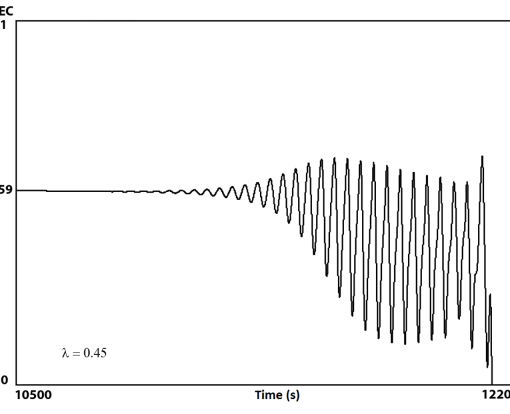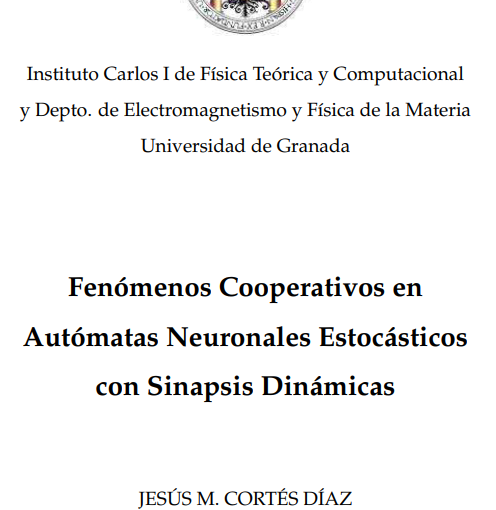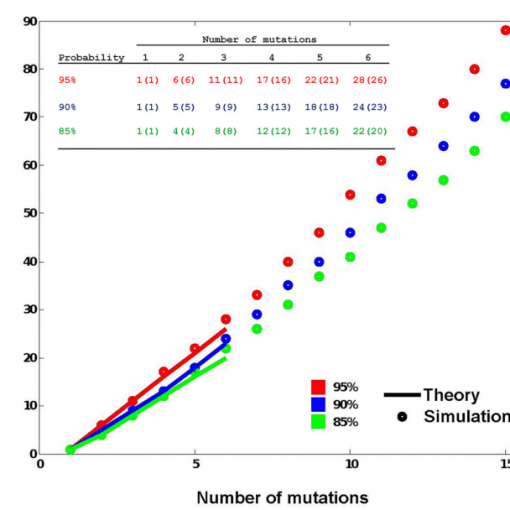Maider Nuñez-Ibero, Borja Camino-Pontes, Ibai Diez, Asier Erramuzpe, Endika Martinez-Gutierrez, Sebastiano Stramaglia, Javier O. Alvarez-Cienfuegos, and Jesus M. Cortes. A Controlled Thermoalgesic Stimulation Device for Exploring Novel Pain Perception Biomarkers. IEEE JOURNAL OF BIOMEDICAL AND HEALTH INFORMATICS 25: 2948-2957, 2021. biorxiv: [pdf] article: [pdf]
Abstract
Objective: To develop a new device for identifying physiological markers of pain perception by reading the brain’s electrical activity and hemodynamic interactions while applying thermoalgesic stimulation. Methods: We designed a compact prototype that generates well-controlled thermal stimuli using a computer-driven Peltier cell while simultaneously capturing electroencephalography (EEG) and photoplethysmography (PPG) signals. The study was performed on 35 healthy subjects (mean age 30.46 years, SD 4.93 years; 20 males, 15 females). We first determined the heat pain threshold (HPT) for each subject, defined as the maximum temperature that the subject can withstand when the Peltier cell gradually increased the temperature. Next, we defined the painful condition as the one occurring at a temperature equal to 90% of the HPT, comparing this to the no-pain state (control) in the absence of thermoalgesic stimulation. Results: Both the one-dimensional and the two-dimensional spectral entropy (SE) obtained from both the EEG and PPG signals differentiated the condition of pain. In particular, the SE for PPG was significantly reduced in association with pain, while the SE for EEG increased slightly. Moreover, significant discrimination occurred within a specific range of frequencies, 26-30 Hz for EEG and about 5-10 Hz for PPG. Conclusion: Hemodynamics, brain dynamics, and their interactions can discriminate thermal pain perception. Significance: The possibility of monitoring on-line variations in thermal pain perception using a similar device and algorithms may be of interest to study different pathologies that affect the peripheral nervous system, such as small fiber neuropathies, fibromyalgia, or painful diabetic neuropathy.





